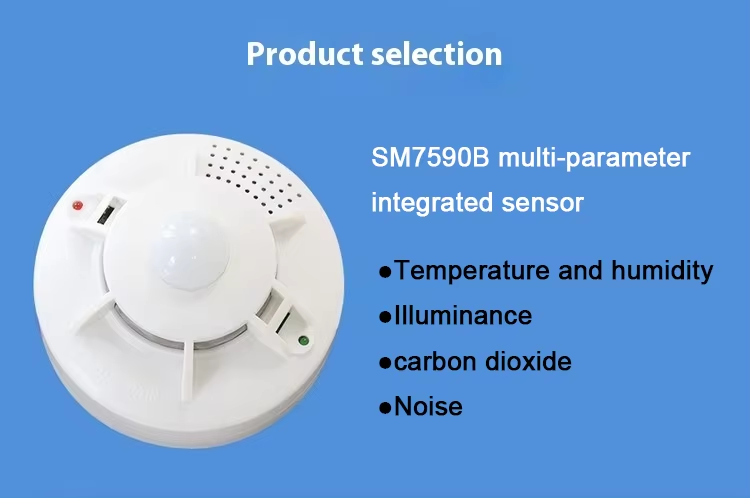Introduction
The United Arab Emirates (UAE) is a rapidly developing economy in the Middle East, with the oil and gas industry being a vital pillar of its economic structure. However, alongside economic growth, environmental protection and air quality monitoring have become important issues for both the government and society. To address increasingly serious air pollution and improve public health, the UAE has widely adopted gas sensor technology in urban and industrial areas. This case study explores a successful instance of gas sensor application in the UAE, focusing on its critical roles in air quality monitoring and safety management.
Project Background
In Dubai, rapid urbanization and industrialization have led to serious air pollution issues. In response, the Dubai government decided to introduce advanced gas sensor technology to monitor air quality indicators in real-time, including PM2.5, PM10, carbon dioxide (CO₂), nitrogen oxides (NOx), and others, with the goal of improving residents’ quality of life and formulating effective environmental policies.
Measures for Gas Sensor Application
-
Deployment of Gas Sensor Network: Hundreds of gas sensors were deployed along major traffic corridors, industrial areas, and public spaces. These sensors can measure multiple gas concentrations in real-time and transmit data to a central monitoring system.
-
Data Analysis Platform: A data analysis platform was established to process and analyze the collected data. This platform provides real-time air quality reports and generates hourly and daily air quality indices for reference by the government and the public.
-
Mobile Application: A mobile application was developed to allow the public to easily access and monitor air quality information in their vicinity. The app can send air quality alerts, notifying residents to take appropriate protective measures during poor air quality conditions.
-
Community Engagement: Through awareness campaigns and community workshops, public awareness of air quality issues was raised, encouraging residents to participate in air quality monitoring. Residents can report anomalies through the app, facilitating a constructive interaction between the government and the public.
Implementation Process
-
Project Launch: The project was initiated in 2021, with a year dedicated to planning and testing, and it officially launched in 2022. Initially, several areas with severe air pollution were chosen as pilot zones.
-
Technical Training: Operators and data analysts received training on gas sensors and data analysis tools to ensure effective operation of the monitoring system.
-
Quarterly Evaluation: The operational status and data accuracy of the gas sensor system are evaluated quarterly, with adjustments made to optimize stability and reliability.
Outcomes and Impact
-
Improved Air Quality: Since the gas sensor system was implemented, the air quality in Dubai has significantly improved. Monitoring data reveals a notable decrease in PM2.5 and NOx concentrations.
-
Public Health: The improvement in air quality has directly contributed to a decrease in health issues related to air pollution, particularly respiratory illnesses.
-
Support for Policy Making: The government has utilized real-time monitoring data to make timely adjustments to environmental policies. For example, restrictions on certain vehicles during peak hours have been implemented to alleviate pollution caused by traffic.
-
Public Awareness Initiative: There has been a notable increase in public awareness regarding air quality, with more residents actively participating in environmental initiatives, promoting green living concepts.
Challenges and Solutions
-
Cost of Technology: The initial cost of purchasing and installing gas sensors posed a barrier for many smaller cities.
Solution: The government collaborated with private enterprises to attract investors to jointly participate in the development and deployment of gas sensors, ensuring financial sustainability.
-
Data Accuracy Issues: In some areas, environmental factors affected the accuracy of data from gas sensors.
Solution: Regular calibration and maintenance of sensors were conducted to ensure their proper functioning and data accuracy.
Conclusion
The application of gas sensor technology in the UAE has provided an effective solution for monitoring and managing urban air quality. Through real-time monitoring and data analysis, the government has not only improved air quality but also enhanced public health and environmental awareness. In the future, as technology continues to advance, the use of gas sensors will become even more widespread in the UAE and other regions, offering valuable experience and insights for other cities.
For more gas sensor information,
please contact Honde Technology Co., LTD.
Email: info@hondetech.com
Company website: www.hondetechco.com
Tel: +86-15210548582
Post time: Jul-15-2025


